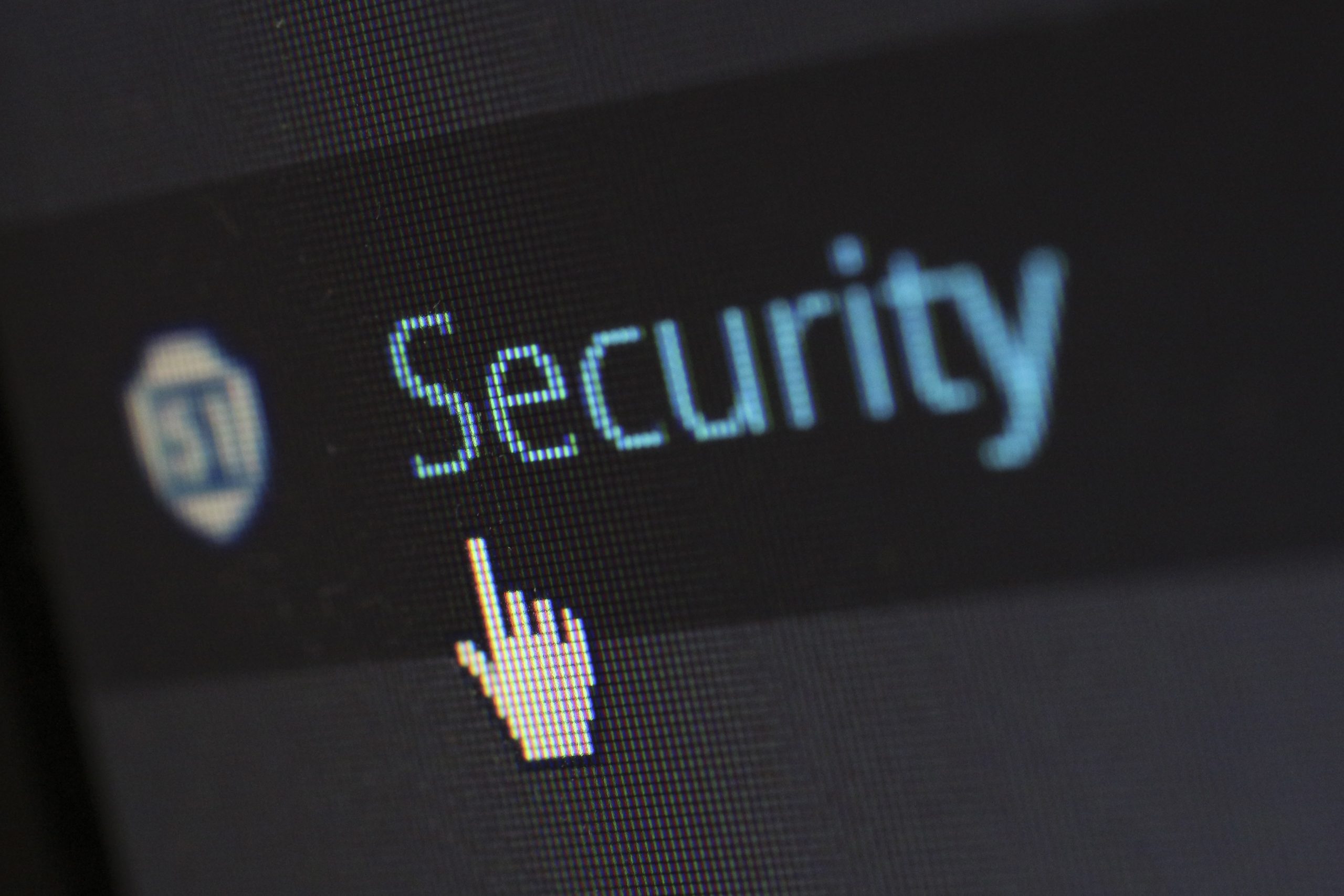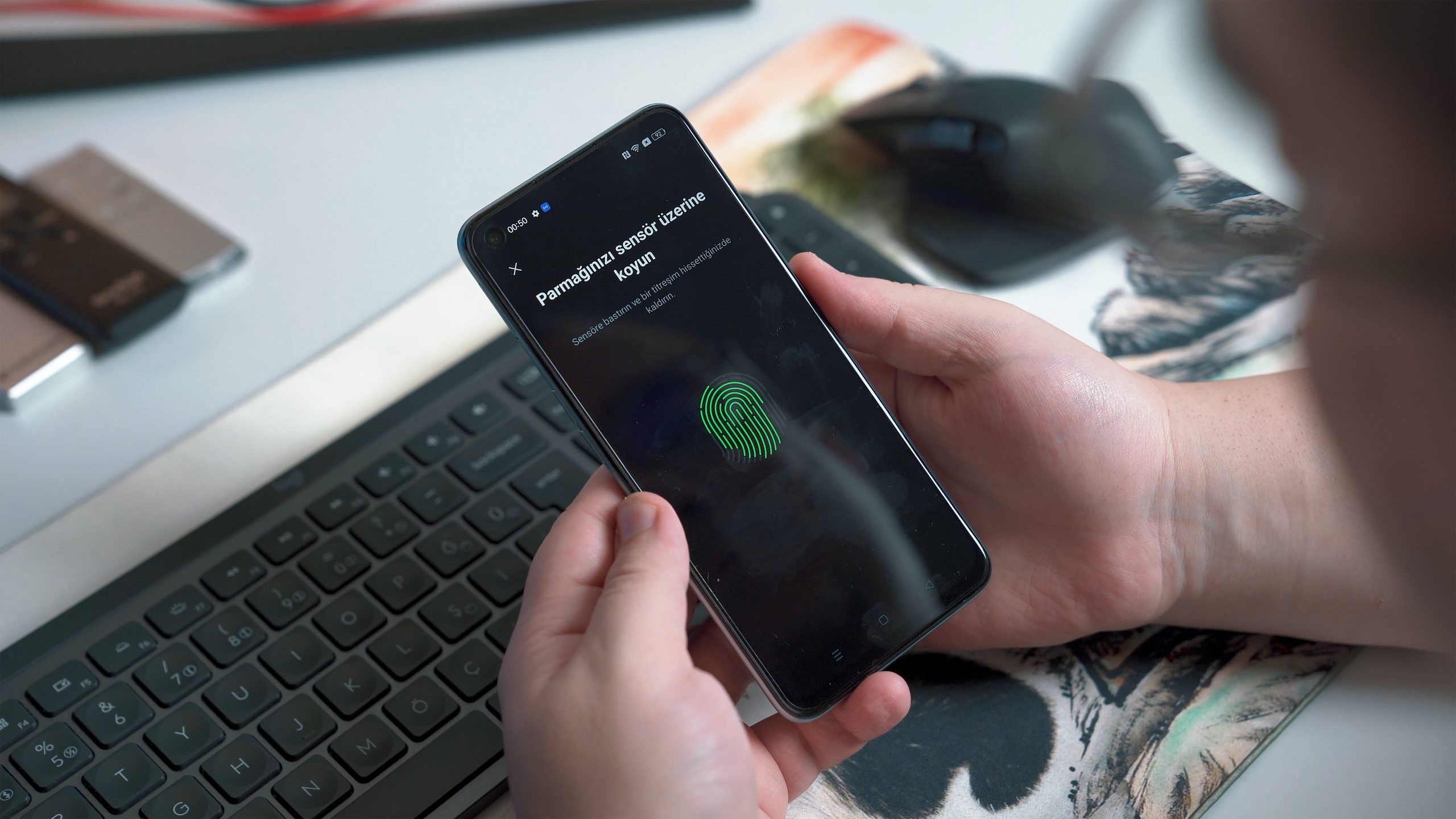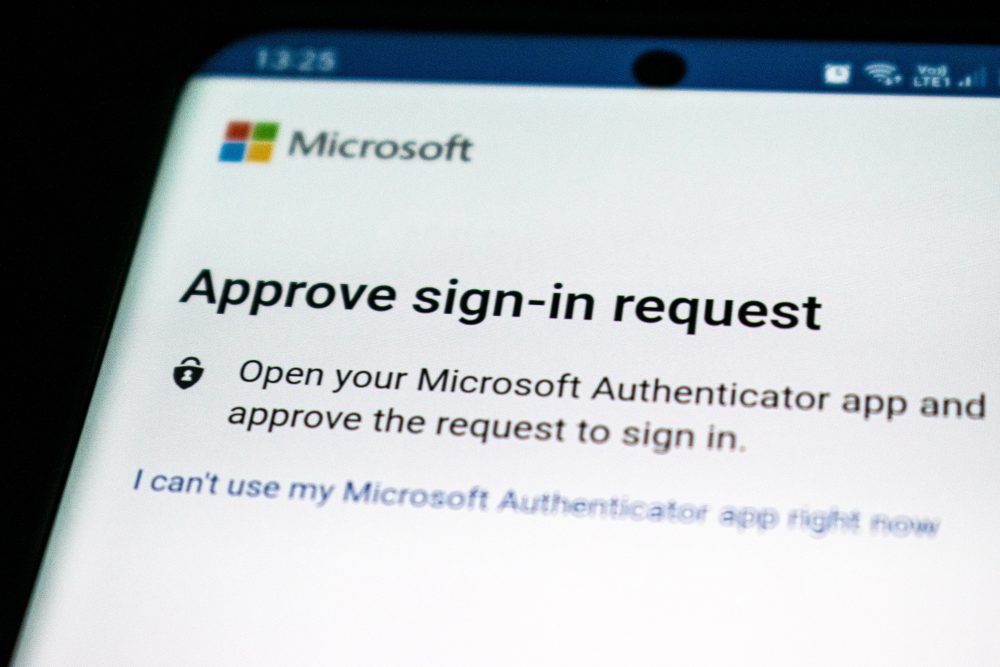Imagine a world where your digital identity is as secure as Fort Knox, and hackers are left scratching their heads in frustration. Unfortunately, that world doesn’t exist—yet. Two-factor authentication (2FA) and multifactor authentication (MFA) have revolutionized security measures, but they are far from perfect. From social engineering to technical vulnerabilities, the flaws within these systems have made headlines far too often. In this article, we will dive deep into the big problems with 2FA and MFA and explore innovative solutions that could finally fix them once and for all.
The importance of two-factor and multifactor authentication
One of the biggest problems with two-factor and multifactor authentication is that many people still don’t understand its importance. It’s not just an extra step to login or a hassle to deal with; it’s a vital layer of security that can protect your sensitive information from falling into the wrong hands. With the increasing number of data breaches and cyberattacks, relying on a single password is no longer enough. Two-factor authentication, which typically involves using something you know (a password) and something you have (like a text message code or fingerprint), adds an extra level of protection by requiring an additional factor for verification.
Multifactor authentication takes this further by incorporating multiple factors such as something you are (biometrics like facial recognition or voiceprint) or somewhere you are (location-based verification). By combining these different types of factors, it becomes even more challenging for attackers to gain unauthorized access. Plus, even if one factor is compromised, there are still other layers protecting your account. While two-factor authentication has become more widely adopted in recent years, multifactor authentication is still relatively underutilized. However, embracing multifactor authentication can significantly enhance cybersecurity measures by creating multiple barriers that deter hackers and identity thieves.
In conclusion, the importance of implementing two-factor and multifactor authentication cannot be overstated in today’s digital world where threats continue to evolve and grow more sophisticated. It provides an essential safeguard against unauthorized access, reducing the risk of data breaches and identity theft.

Common issues with current authentication methods
One of the main issues with current authentication methods is their over-reliance on passwords. Passwords, despite being a widely adopted form of authentication, have proven to be vulnerable to various attacks. Users tend to choose weak passwords that are easily guessable or reuse the same password across multiple accounts, making it easier for hackers to gain unauthorized access. Moreover, as cybercriminals become more sophisticated, they have found ways to bypass password-based authentication using techniques like phishing and brute-force attacks.
Another common issue with current authentication methods is their lack of usability and convenience. Two-factor authentication (2FA), for example, often requires users to input a one-time code sent via SMS or use a separate authenticator app on their smartphone. While this adds an extra layer of security, it can also be cumbersome and time-consuming for users who need to authenticate frequently throughout the day. Additionally, some organizations still rely on physical tokens like key fobs or smart cards for multifactor authentication (MFA), which users can easily misplace or forget at home when needed the most.
The complexity and lack of interoperability among different authentication methods further exacerbate the issues faced by users today. Each service provider has its own preferred method of verification – some may require biometric scans like fingerprint recognition while others may opt for hardware tokens or knowledge-based questions. This fragmentation makes it challenging for users who have multiple online accounts from different providers to remember and manage all these different forms of authentication effectively.
Lack of user awareness and education
Lack of user awareness and education is a significant problem when it comes to the adoption and effectiveness of two-factor and multifactor authentication. Many users are simply unaware of these security measures and their importance in safeguarding their online accounts. Without proper education, users may be hesitant to adopt these additional layers of security or may not know how to correctly set them up.
Furthermore, even if users are aware of the existence of two-factor and multifactor authentication, they often lack understanding about how these systems work or why they are necessary. This leads to apathy or disregard for implementing these critical security measures. For example, some users may assume that a strong password alone is sufficient to protect their accounts, without realizing that passwords can be easily compromised by skilled hackers.
Addressing this lack of user awareness and education requires a combined effort from technology companies, educators, and individuals themselves. Companies must prioritize educating customers on best practices for securing their accounts through comprehensive tutorials and clear instructions on setting up two-factor or multifactor authentication. Educators should incorporate lessons about online security into curriculums at all levels to ensure that future generations understand the importance of protecting their digital identities.
Ultimately, individuals themselves must take responsibility for educating themselves about the risks they face online and actively seek out information on how to properly secure their accounts using methods such as two-factor authentication. By raising awareness and promoting education around these vital security measures, we can empower users with the knowledge needed to better protect themselves in our increasingly connected world.

Vulnerabilities in SMS-based authentication
One of the most widely used forms of two-factor authentication (2FA) is SMS-based authentication. This method involves sending a one-time password (OTP) to the user’s mobile device via text message, which they then enter to confirm their identity. While this may seem secure on the surface, there are several vulnerabilities that hackers can exploit.
Firstly, SMS messages are not encrypted, making them susceptible to interception. Hackers can use sophisticated techniques such as SIM card cloning or exploiting vulnerabilities in the mobile network infrastructure to gain access to these OTPs. Additionally, users’ mobile devices themselves can be compromised through malware or phishing attacks, allowing attackers access to their SMS messages and thus bypassing 2FA.
Furthermore, since OTPs are sent directly to users’ phones as text messages, there is no reliable way for organizations to verify that the intended recipient actually received and entered the code. This opens up possibilities for attacks such as phone number hijacking, where an attacker convinces a telecommunications provider or support representative to transfer a user’s phone number over to their own device. With control over a victim’s phone number and knowledge of their email address and password (obtained through other means), attackers can easily bypass SMS-based 2FA systems.
Overall, while SMS-based authentication is a convenient form of 2FA for users due to its widespread adoption and familiarity, it has significant vulnerabilities that make it less secure than other methods.
Inconvenience and usability challenges
Inconvenience and usability challenges have long been a source of frustration for users when it comes to two-factor (2FA) and multifactor authentication (MFA). While these security measures are designed to enhance the protection of our online accounts, they often come at the expense of user experience. The need to remember multiple passwords, codes, or carry an additional physical token can be overwhelming, especially when considering that most people have numerous online accounts across various devices.
Furthermore, the process of authenticating oneself through 2FA or MFA can sometimes be tedious and time-consuming. For example, receiving a code via SMS may require waiting for a text message to arrive before proceeding with the login process. This can become particularly frustrating if there is poor cellular reception or delays in network connectivity. In some cases, users may even opt out of using these security measures altogether due to inconvenience or usability challenges.
One potential solution lies in embracing more user-friendly authentication methods that maintain high-security standards. Biometric factors such as fingerprints, facial recognition, or voice recognition offer a more seamless user experience without compromising on security. These technologies are already widely available on smartphones and other devices, creating an opportunity for organizations to leverage them in their authentication processes.
Additionally, streamlining the authentication process by reducing the number of steps involved can significantly improve usability. Integrating single sign-on (SSO) capabilities across platforms and applications allows users to authenticate once and access multiple services without needing to continually provide credentials.

The need for stronger authentication solutions
In today’s digital age, where cyber threats are becoming increasingly sophisticated, the need for stronger authentication solutions is more crucial than ever. Two-factor and multifactor authentication have long been touted as effective measures to prevent unauthorized access, but they are not without their flaws.
One of the big problems with current authentication methods is that they can be easily circumvented by determined attackers. For example, a hacker could use social engineering techniques to trick a user into revealing their second factor for two-factor authentication or bypassing it altogether. Additionally, many traditional authentication methods rely on static credentials such as passwords or PINs, which can be stolen or cracked through various means.
To address these issues and improve overall security, there is a pressing need for more advanced and dynamic forms of authentication. This could involve the use of biometric data like fingerprints or facial recognition technology, which are much harder to forge compared to static credentials. Furthermore, incorporating behavioral analytics into the authentication process can help detect suspicious patterns and prevent fraudulent access attempts.
By embracing stronger authentication solutions that leverage cutting-edge technologies and innovative approaches, individuals and organizations can enhance their defense against cyber threats. It is essential for stakeholders across various industries to invest in research and development to stay ahead of attackers who continue to evolve their tactics. Only by adopting robust authentication measures can we effectively protect sensitive information and maintain trust in an increasingly interconnected digital world.
Conclusion: Improving security through enhanced authentication methods
In conclusion, the key to improving security lies in enhancing authentication methods. While two-factor and multifactor authentication have been effective in adding an extra layer of protection, they are not without their flaws. To address these issues, organizations need to adopt more advanced and innovative authentication techniques.
One such method is biometric authentication, which relies on unique physical or behavioral characteristics such as fingerprints or facial recognition. By using biometrics, organizations can greatly reduce the risk of passwords being hacked or stolen. In addition, biometric data is nearly impossible to replicate, providing a higher level of security.
Another promising approach is adaptive authentication, which leverages artificial intelligence and machine learning algorithms to analyze user behavior patterns and determine the appropriate level of verification needed. This means that if a user’s behavior deviates from their usual patterns (e.g., attempting to log in from an unfamiliar device), additional verification measures can be triggered automatically.
By embracing these enhanced authentication methods, organizations can significantly improve security while also enhancing the user experience by reducing friction during the login process. It’s clear that relying solely on traditional password-based systems is no longer sufficient in today’s threat landscape.






